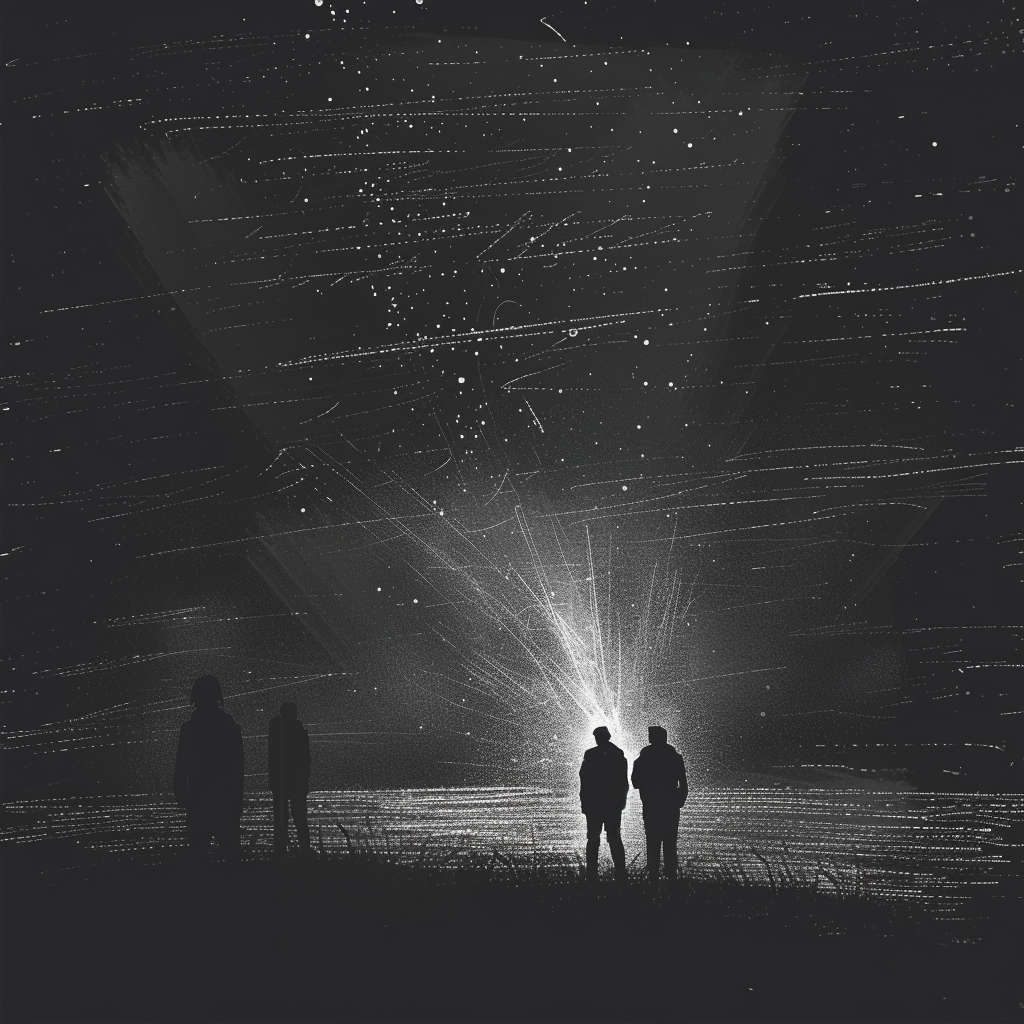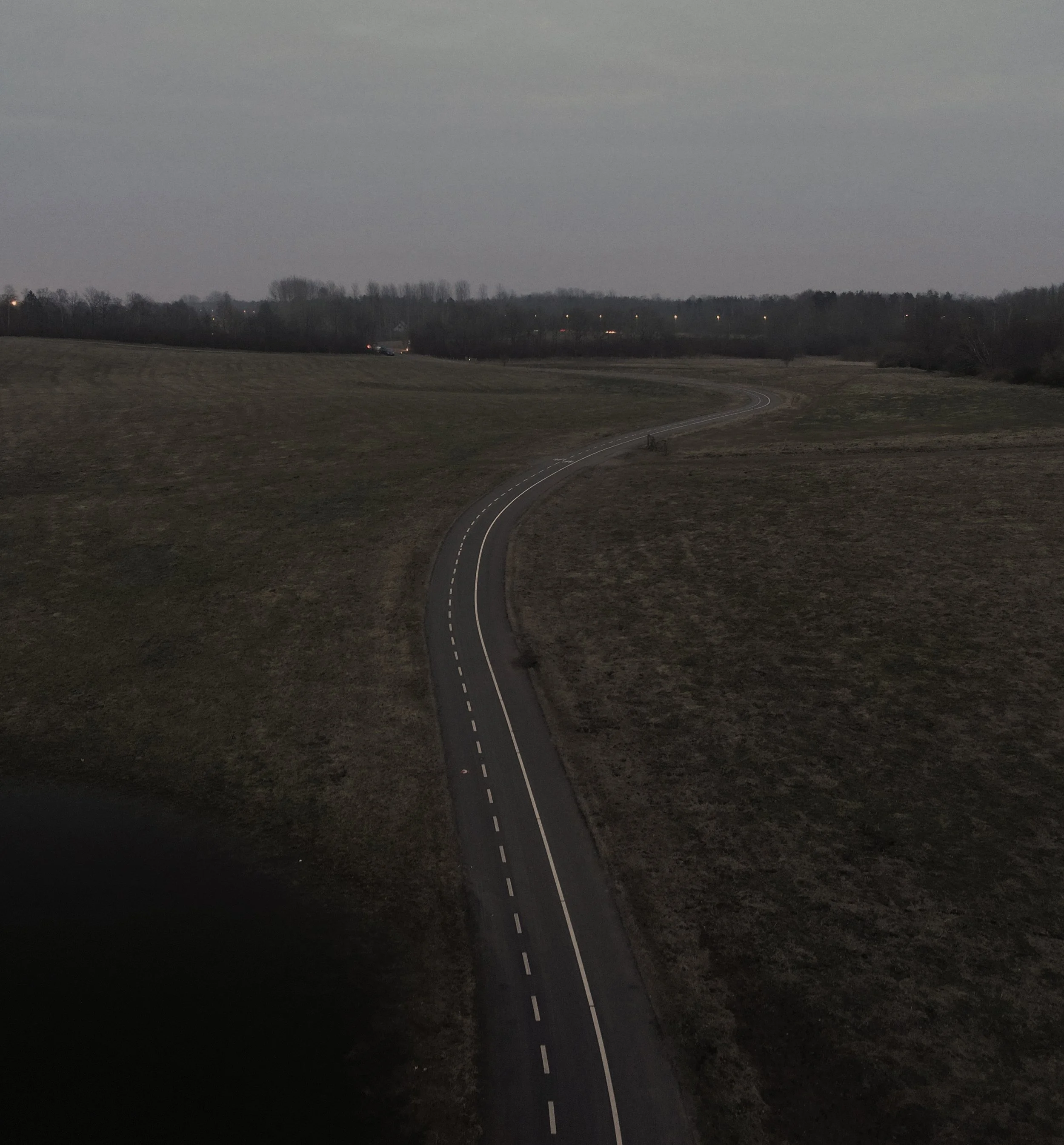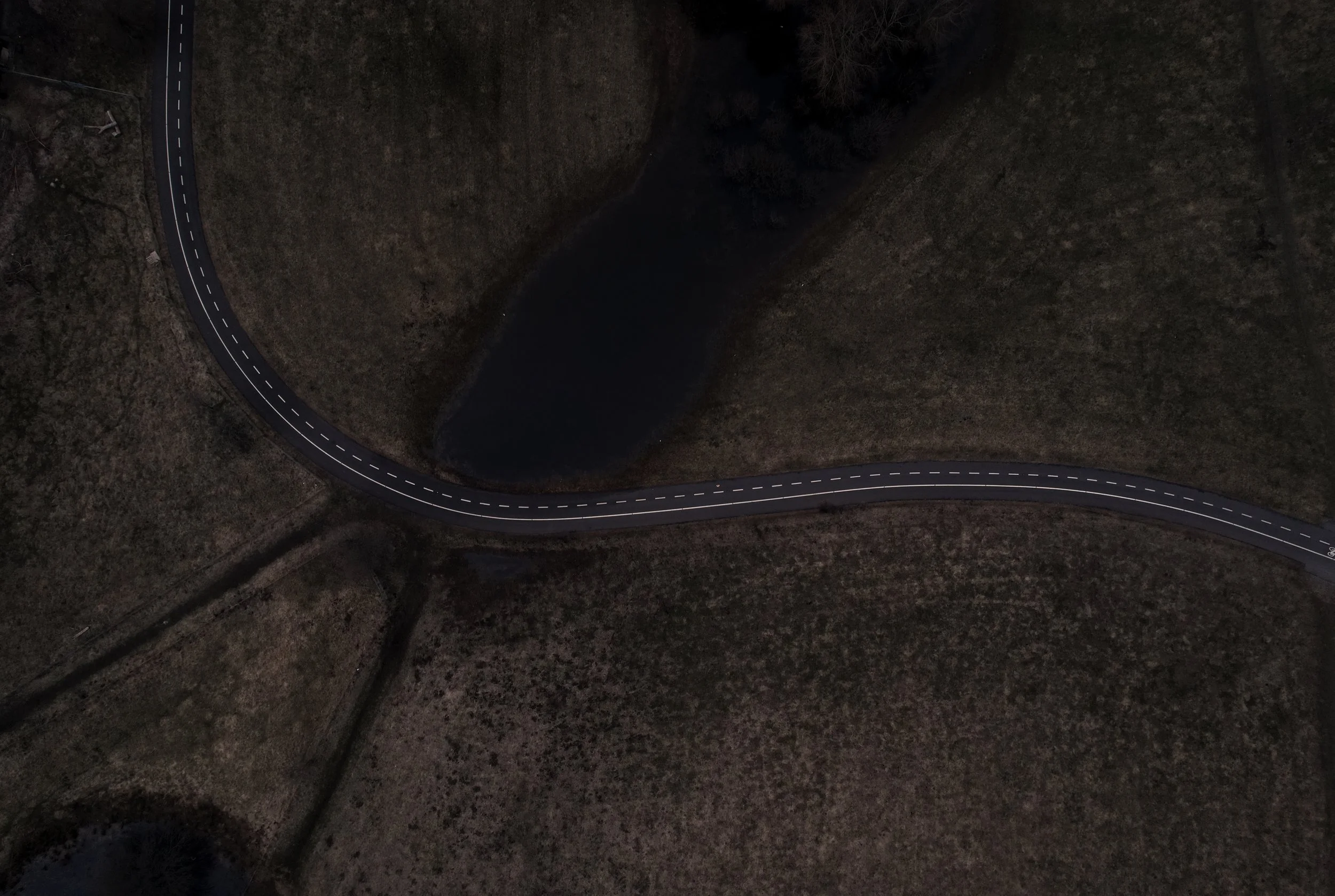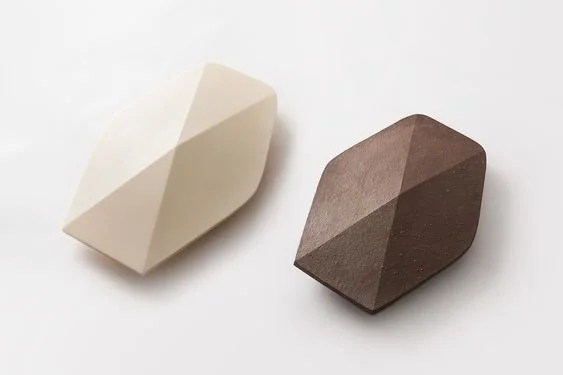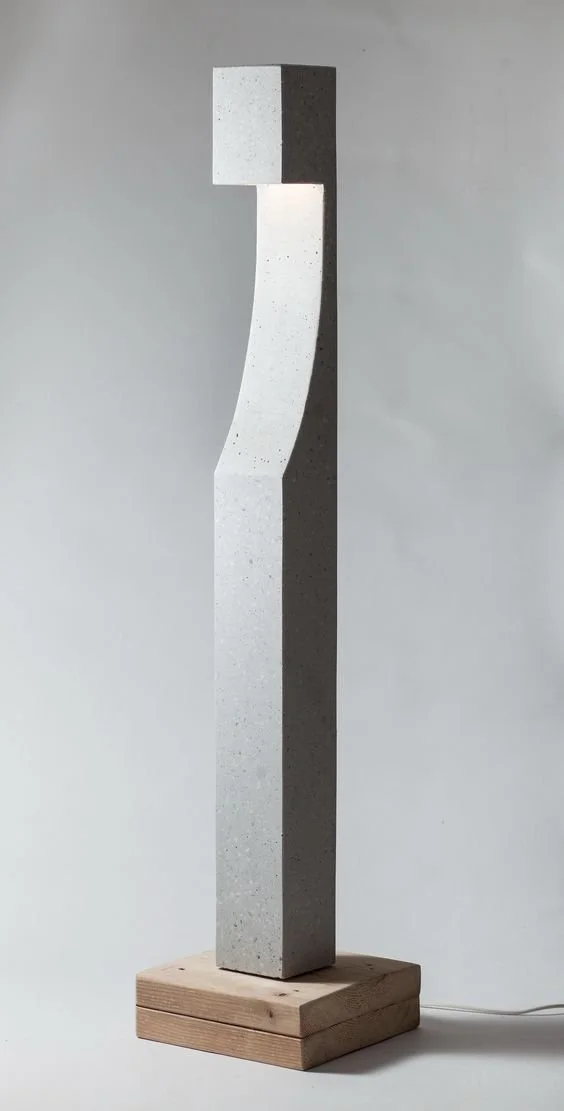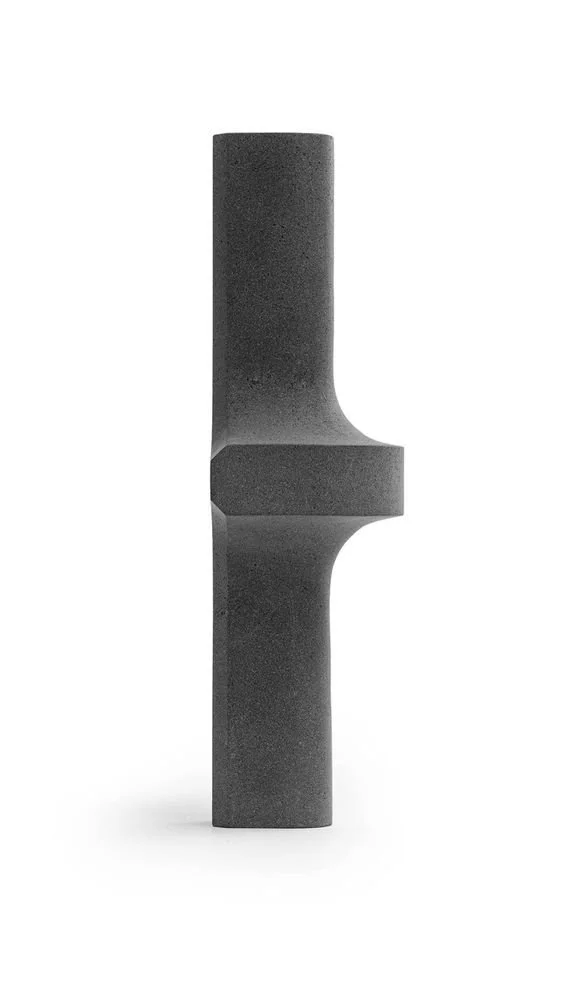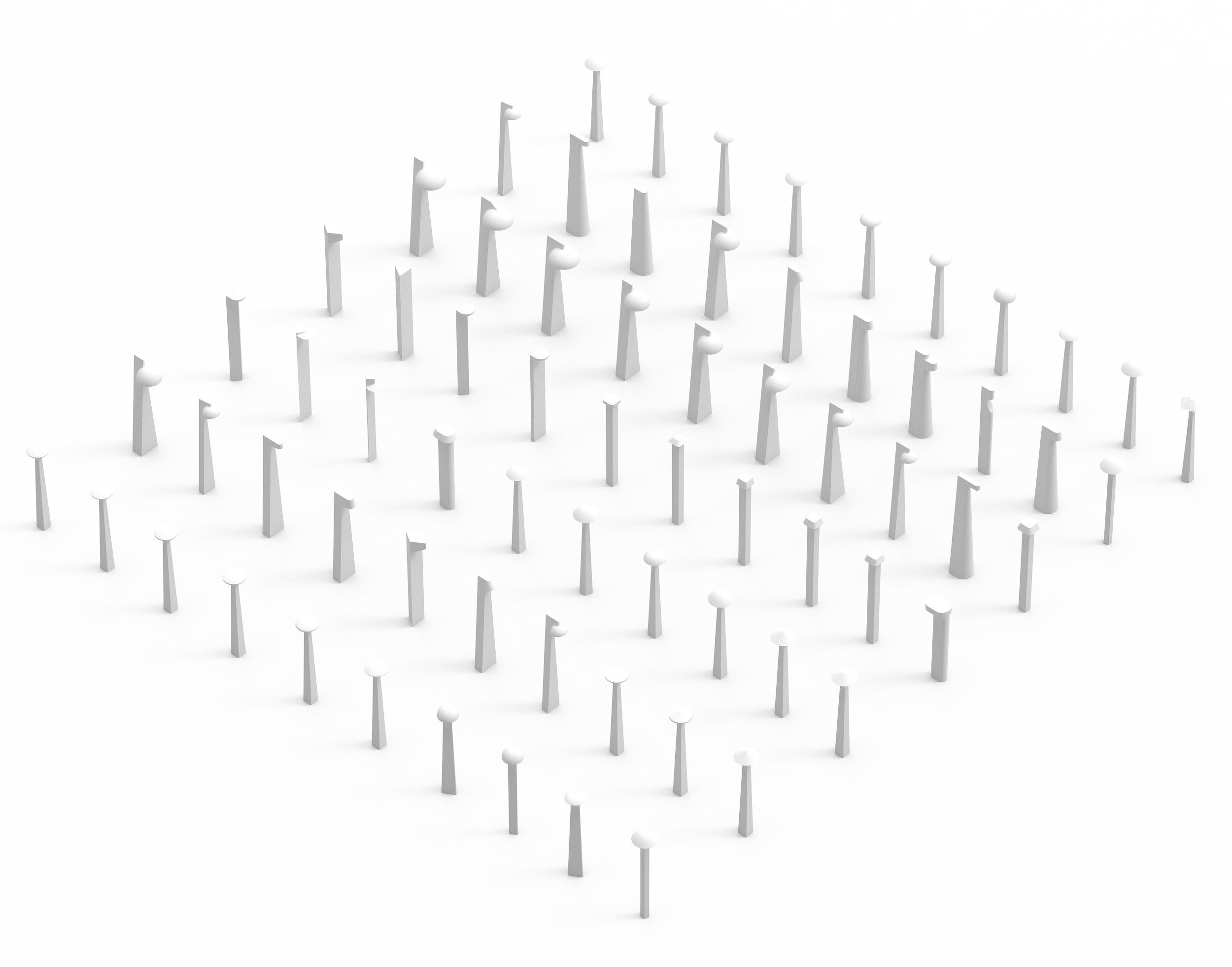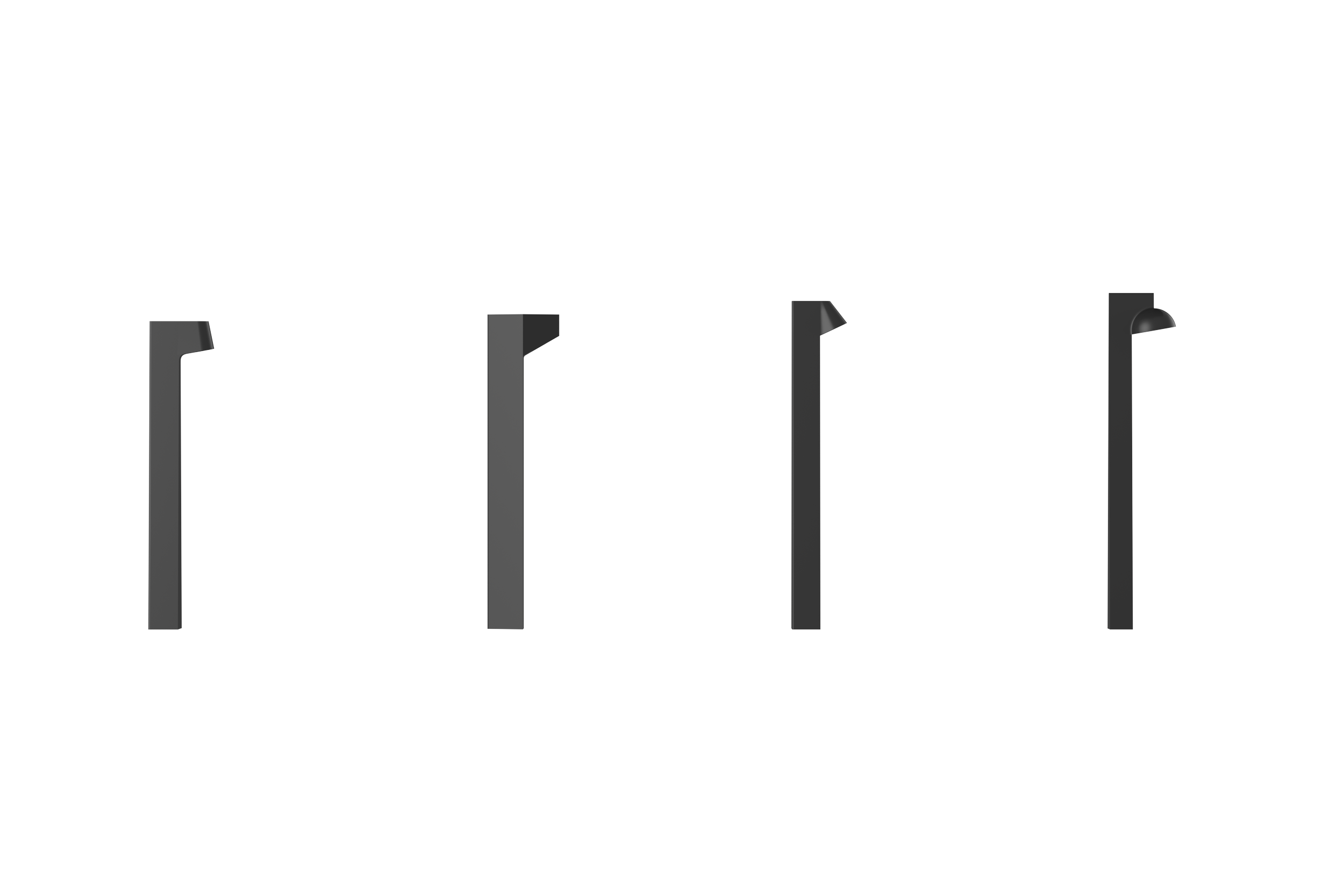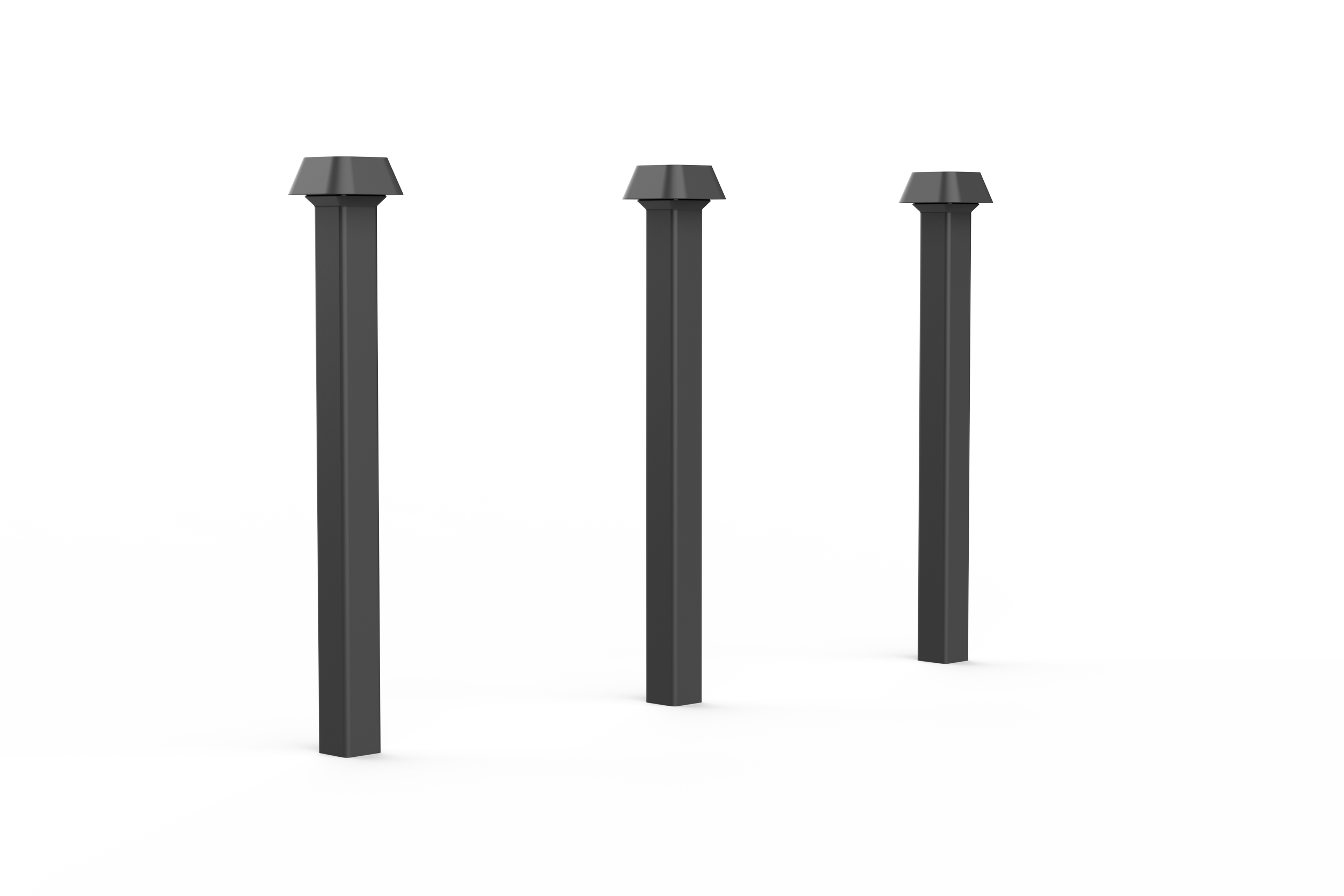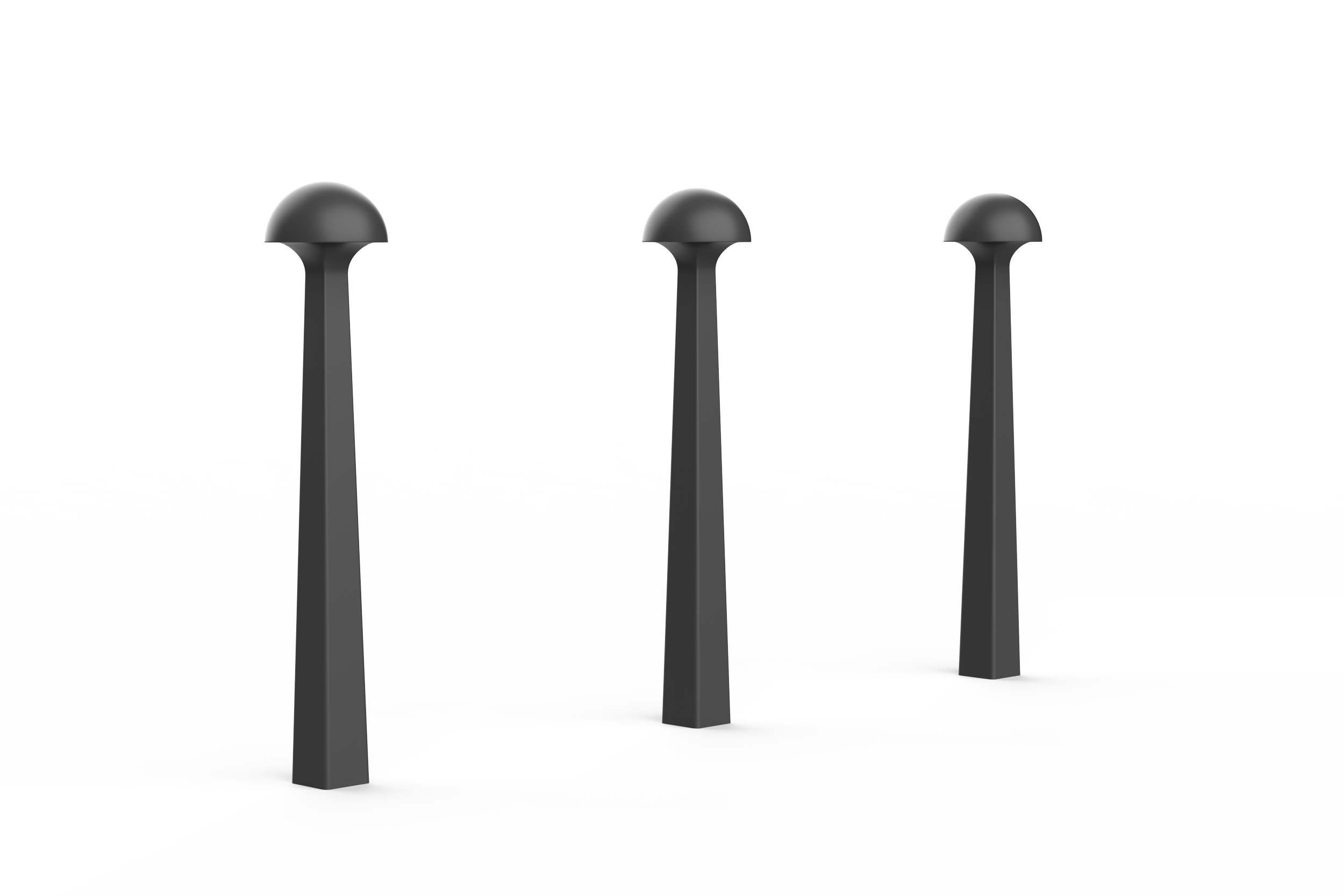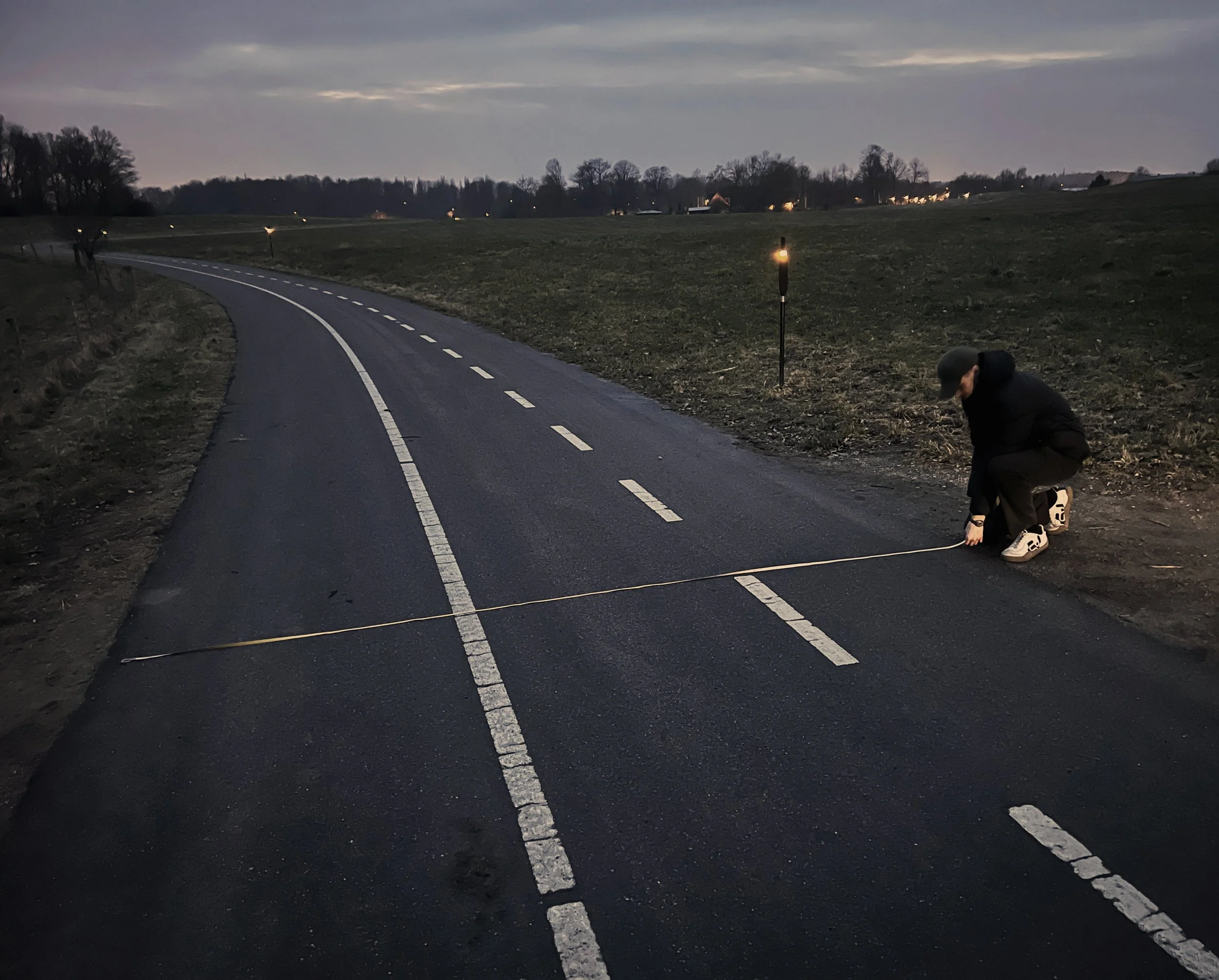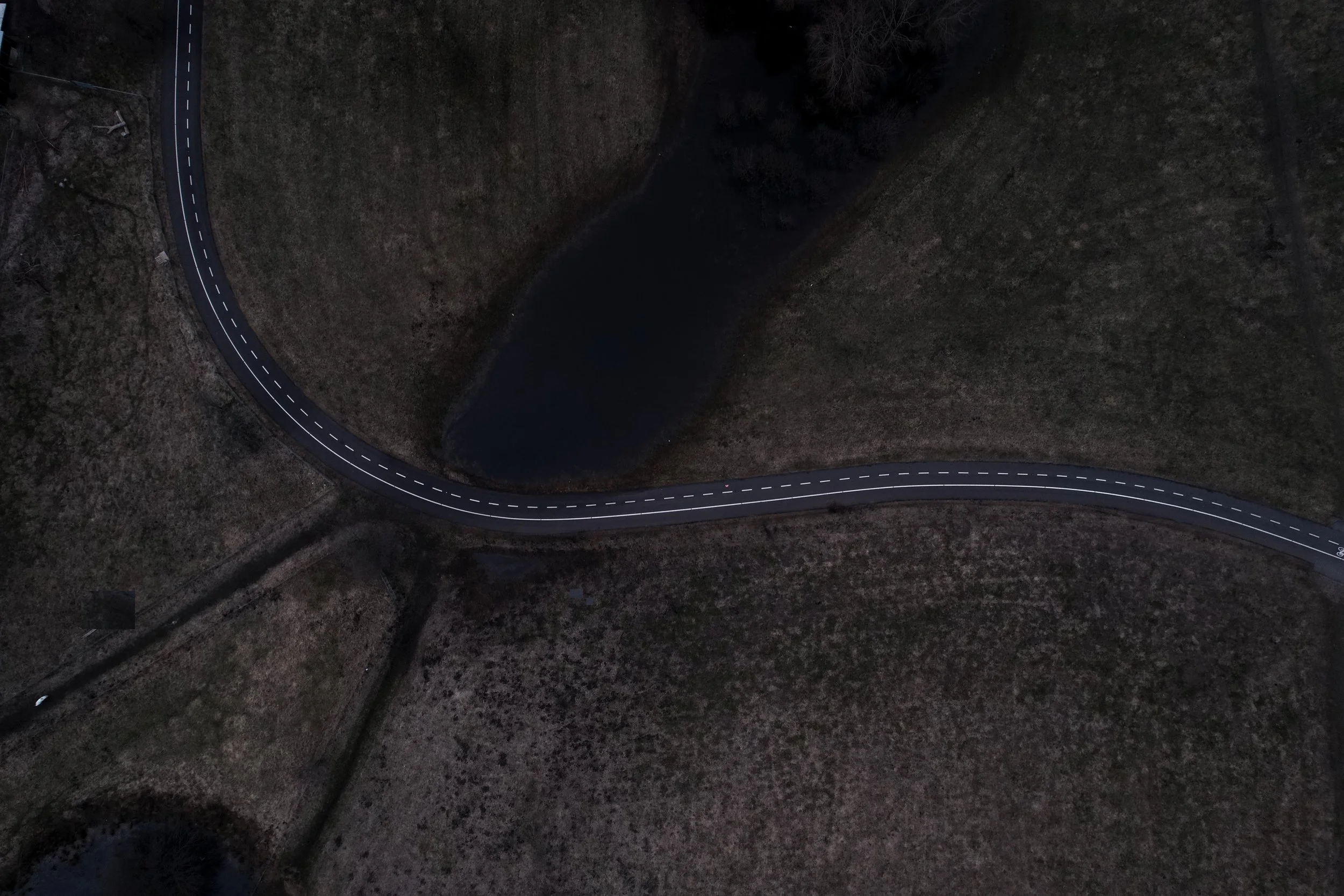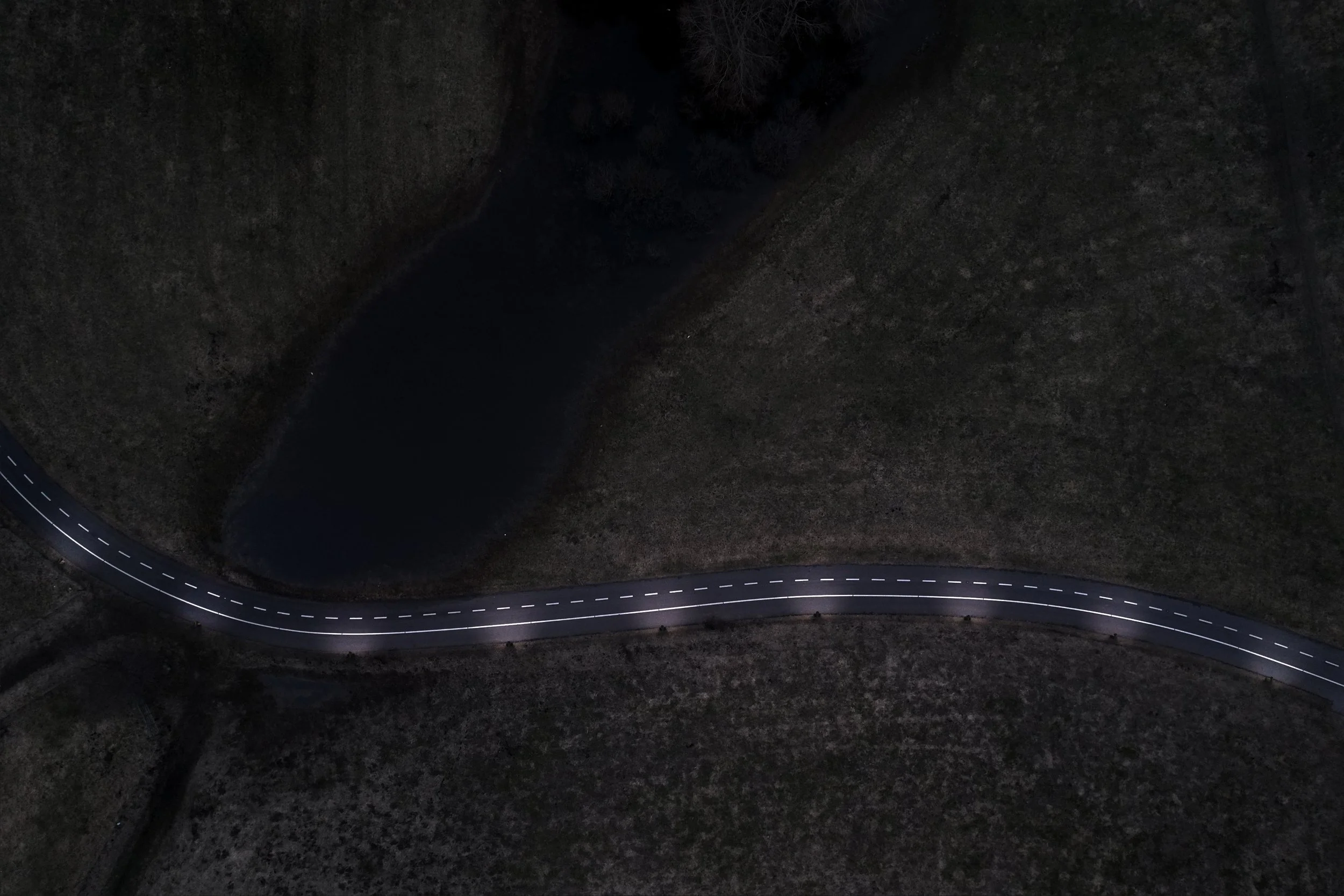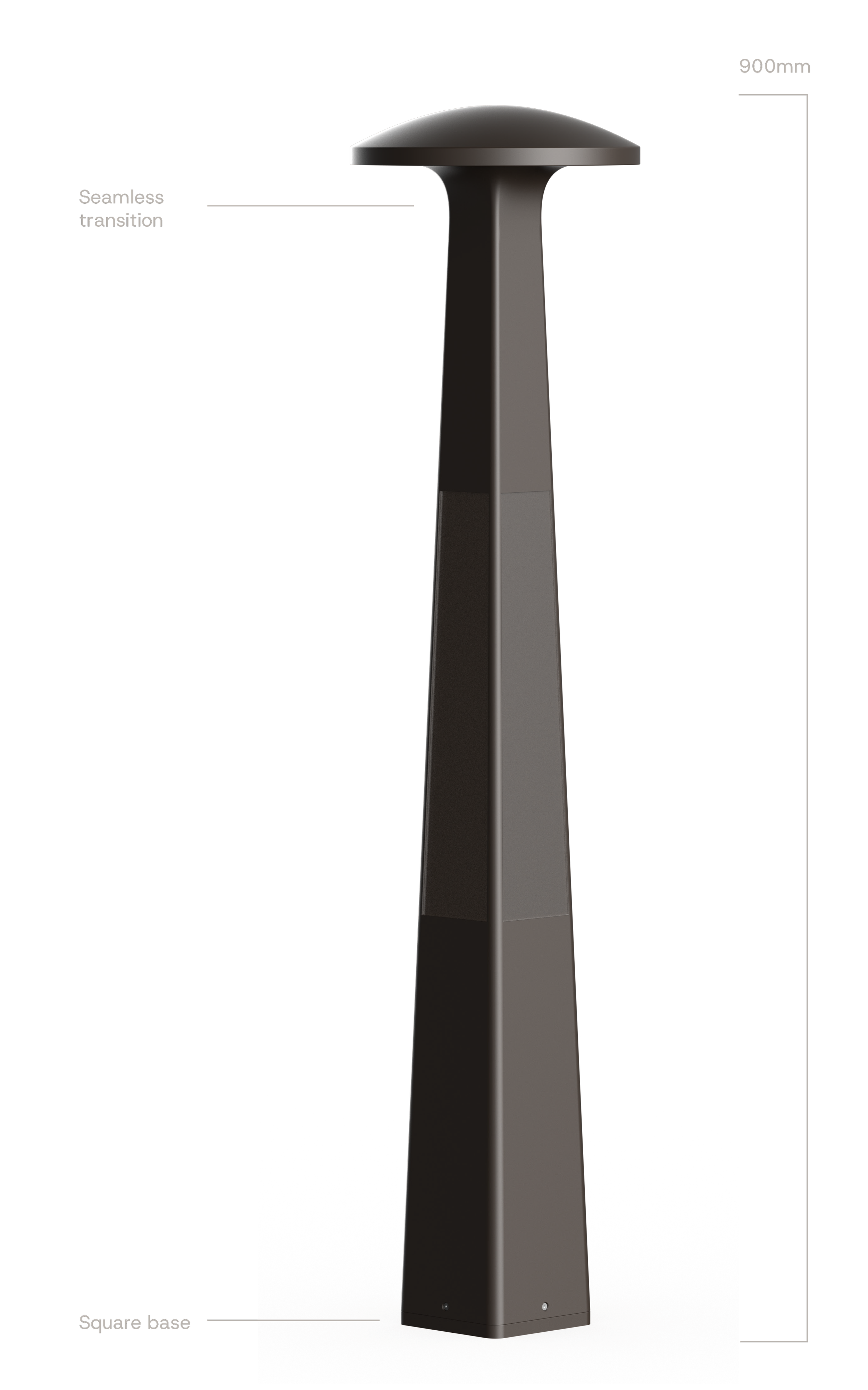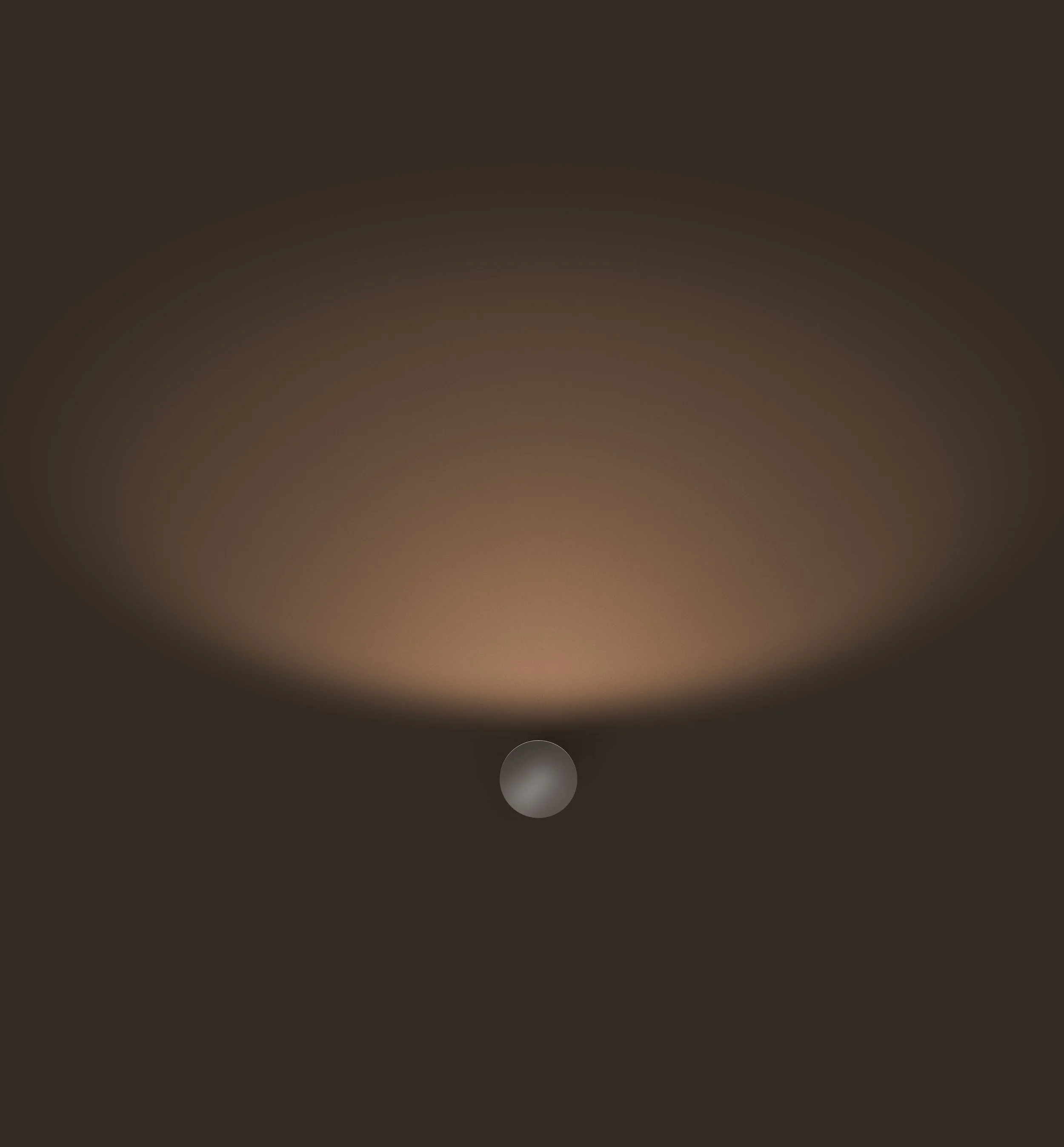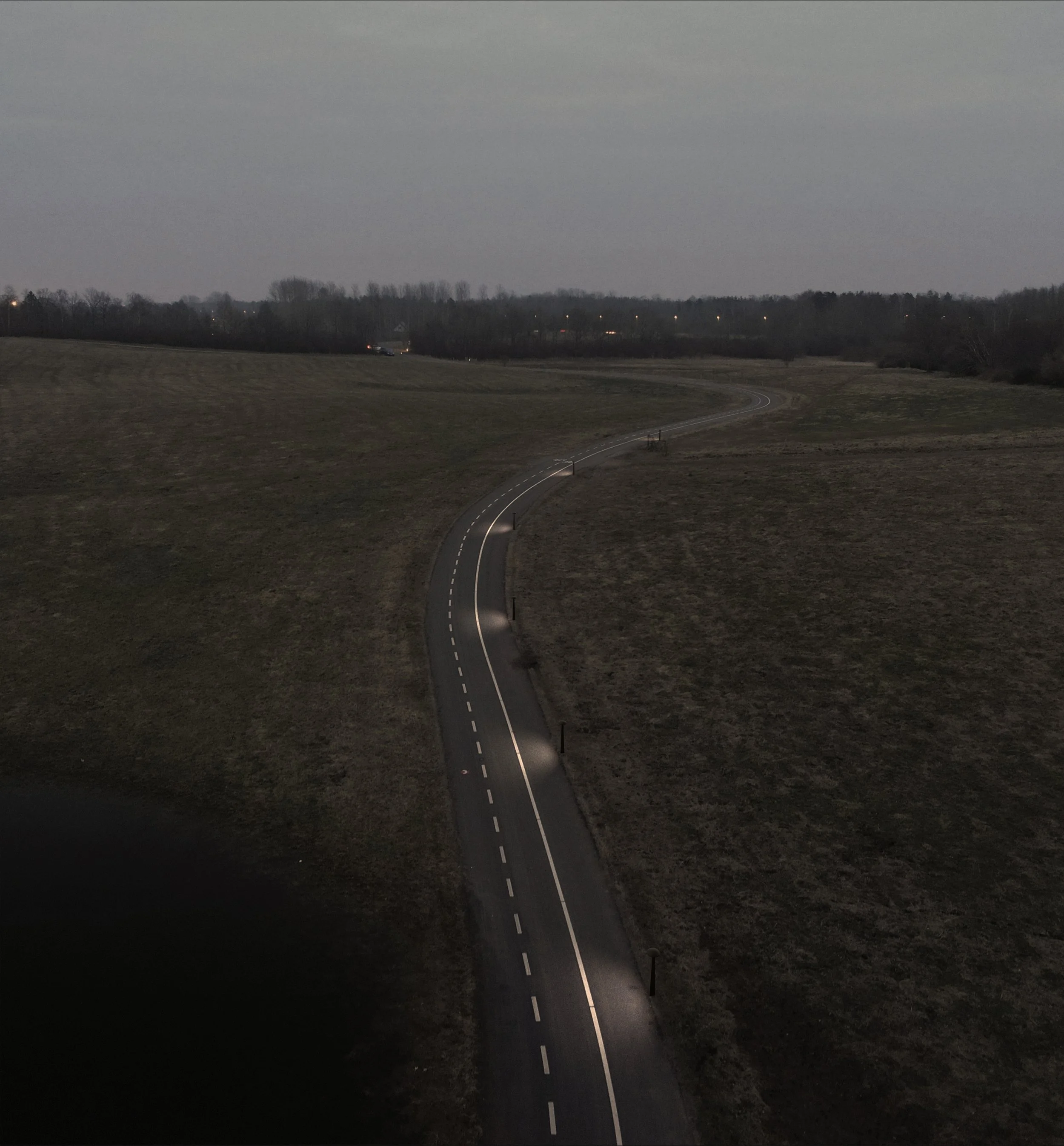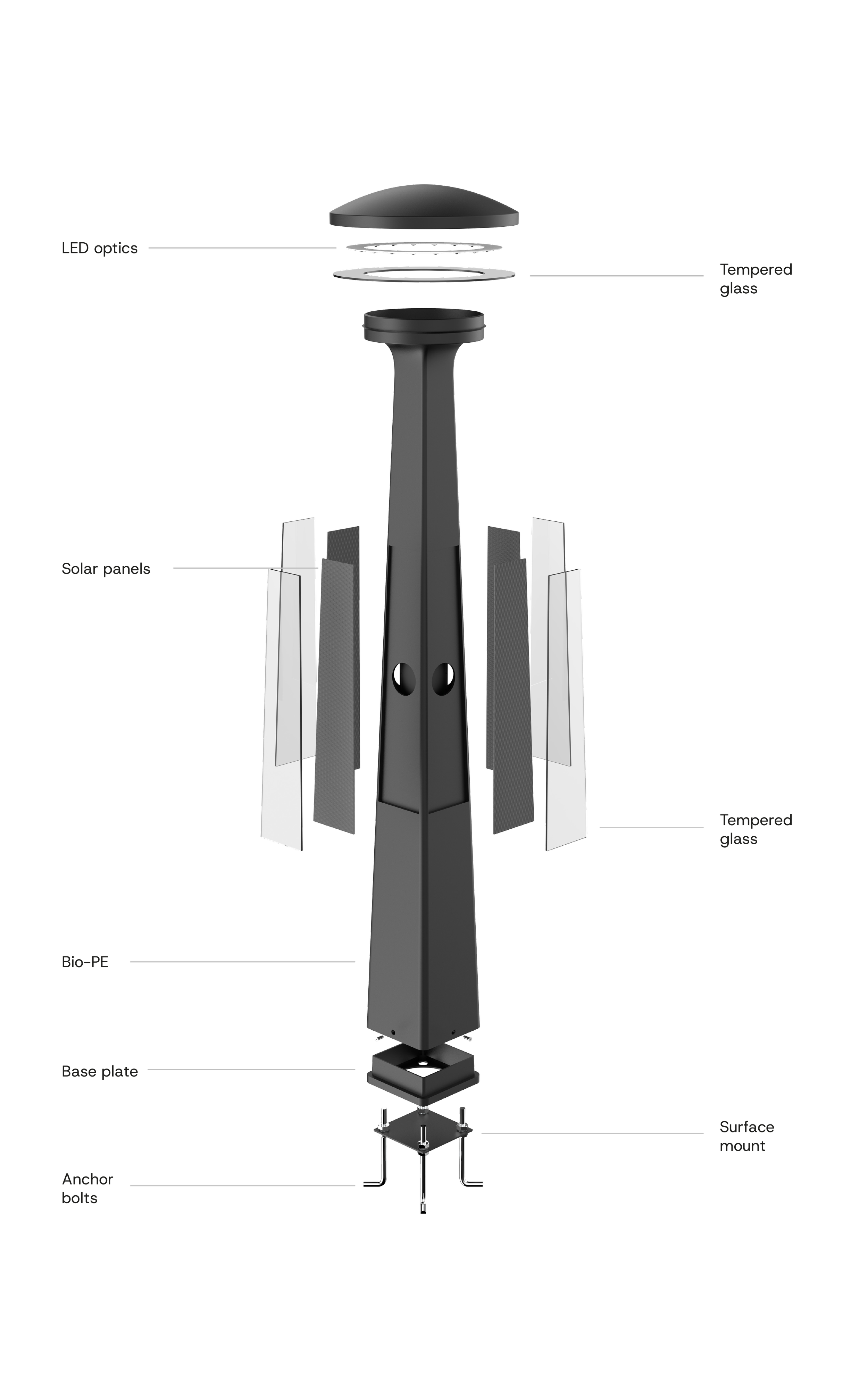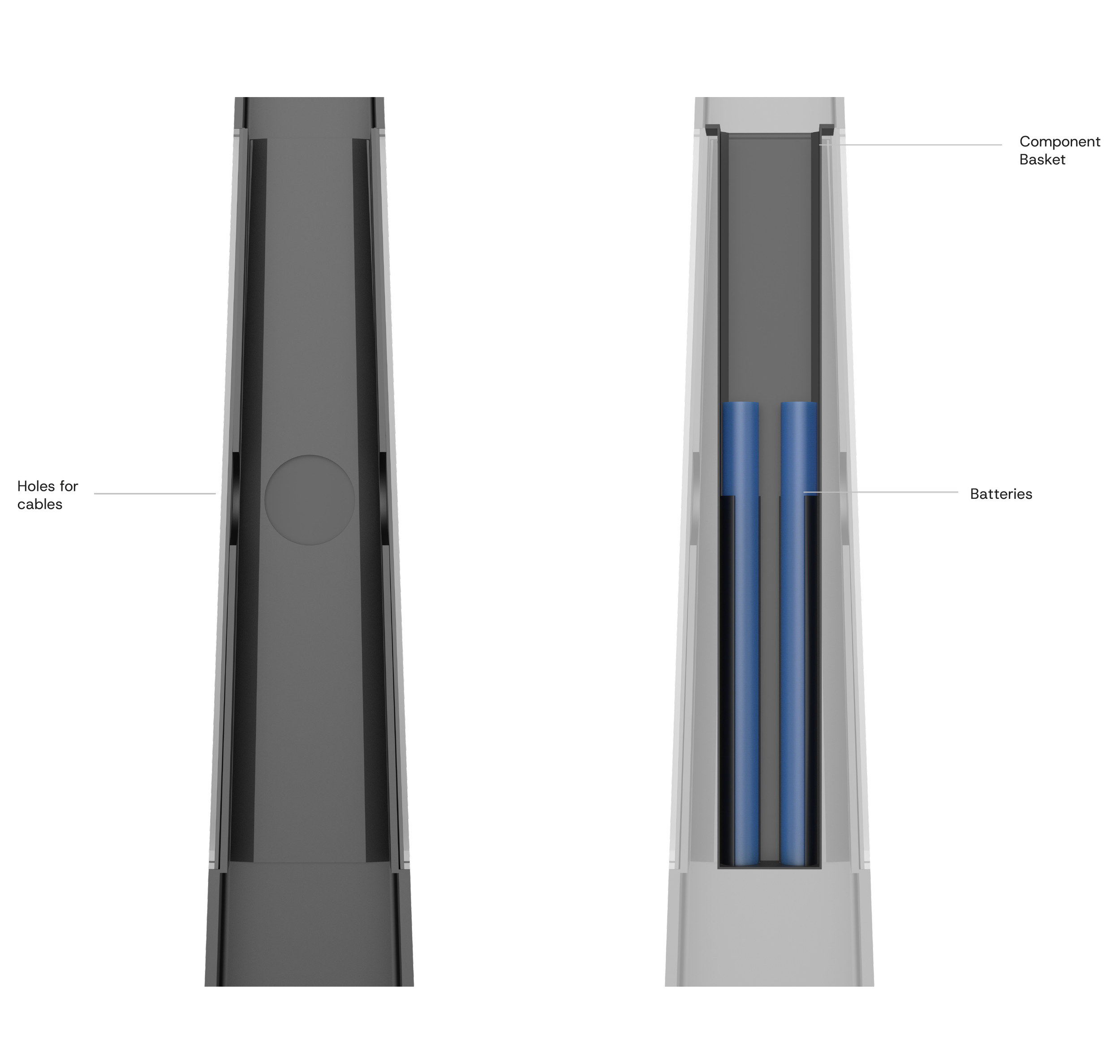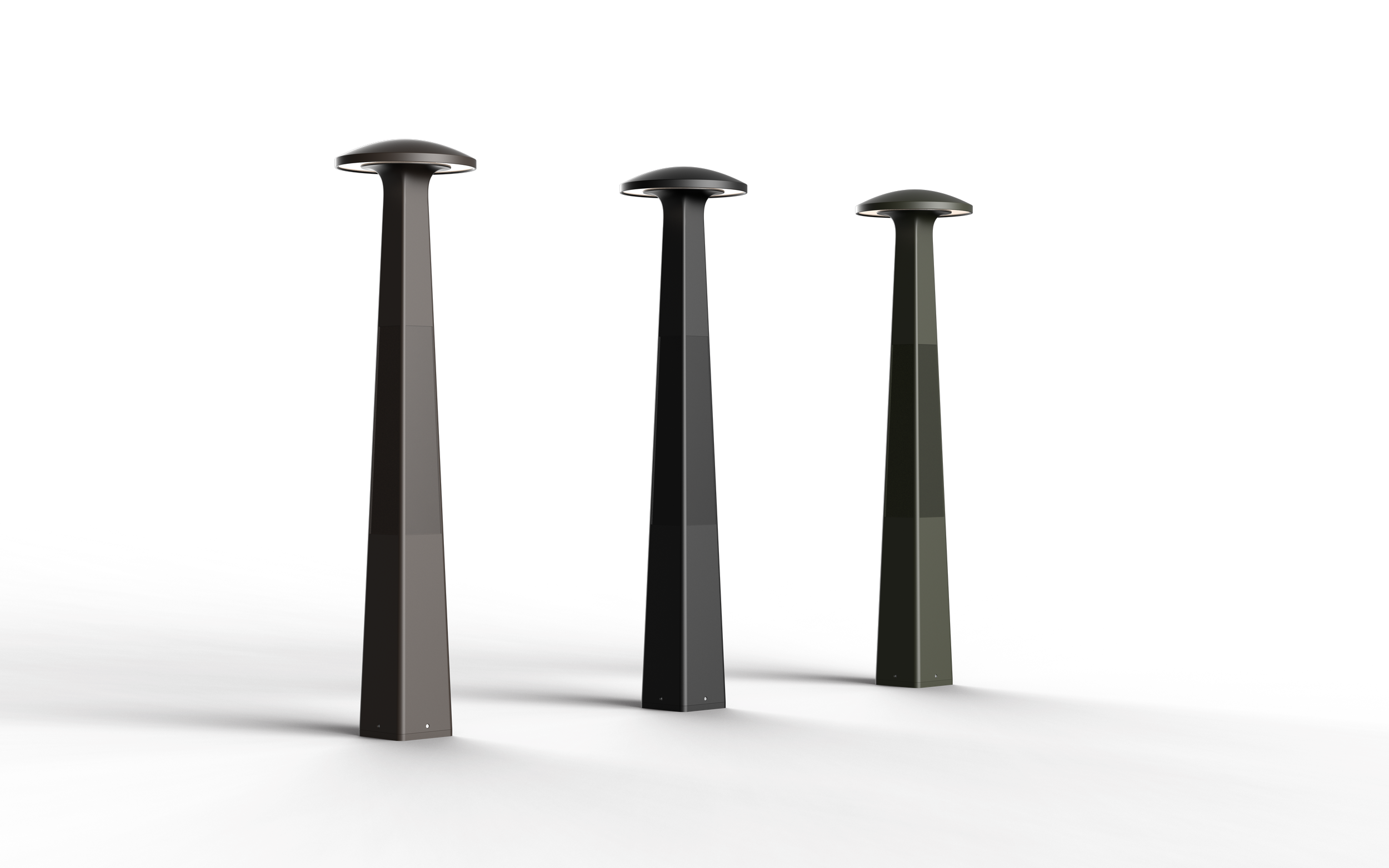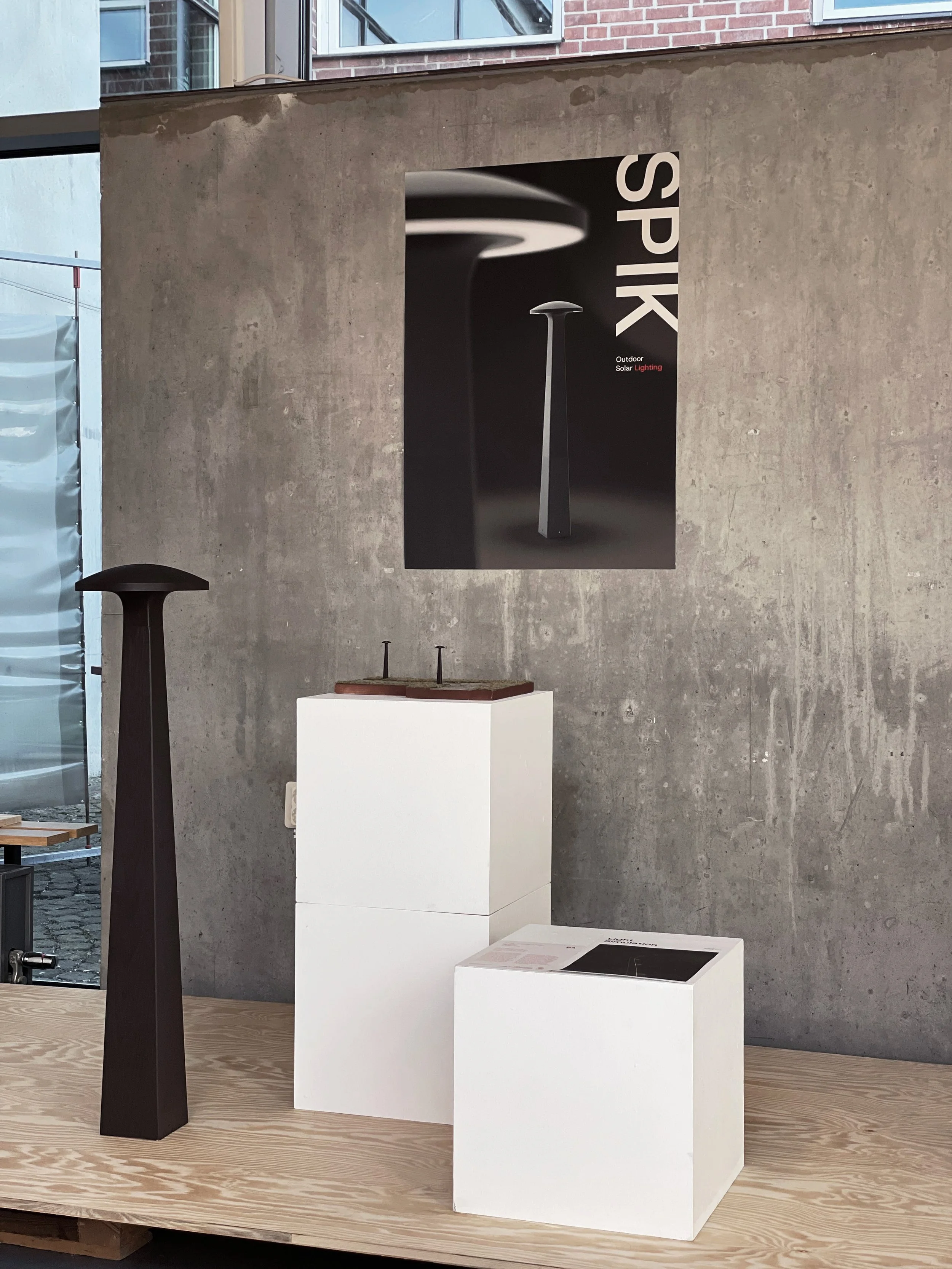SPIK
Outdoor Solar Lighting
Thesis Project
Bachelor Degree
Lunds University
2024

Background
Recent outdoor lighting trends prioritize maximum light output and are locked to strict standards, often competing based on lumens or lux output. Unfortunately, this has resulted in over-lit, non-targeted lighting with cold color temperatures, harming the environment and creating increased light pollution.
Strategies are emerging requiring new lighting systems to adhere to the DarkSky International’s principles. Given that many lighting fixtures for bike paths, parks, and other areas are far from the main electrical infrastructure, adopting solar power solutions can yield over 50% savings on installation costs and zero ongoing operational expenses due to 100% solar powering.
Brief
Design a outdoor bollard pathlight with a new design language and explore innovative ways to incorporate solar panels while meeting DarkSky regulations. The lamp will be 100% powered by solar energy, showcasing a new design language and promoting renewable energy adoption on a global scale.
Ballerup
Cycling track
Pathlight Research
During my research, I noticed a trend where many path lights prioritize aesthetics over targeted lighting. The sharp shapes and angles of the light sources often lead to strong shadows and glare, ultimately creating unsafe lighting environments. It's crucial for designers to strike a balance between visual appeal and practical functionality to ensure the safety and comfort of pedestrians.
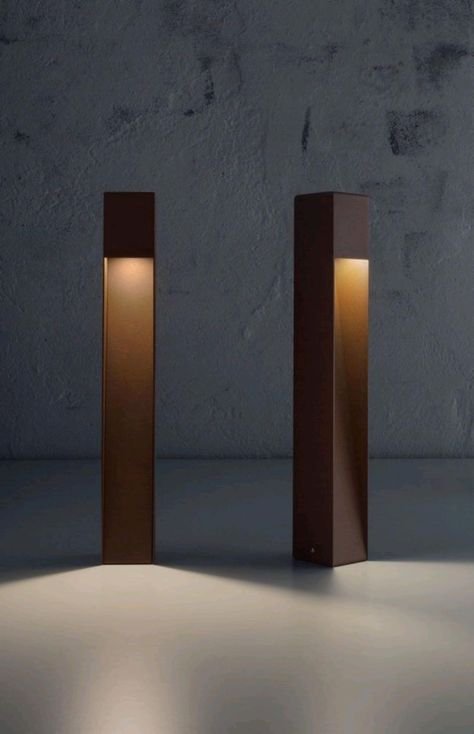
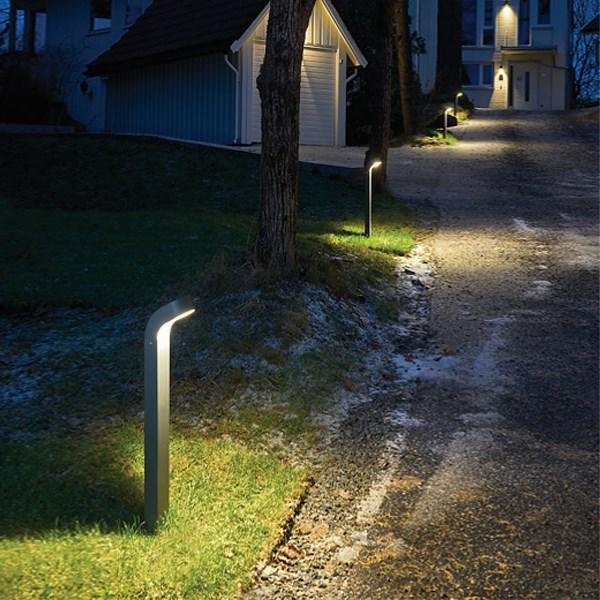
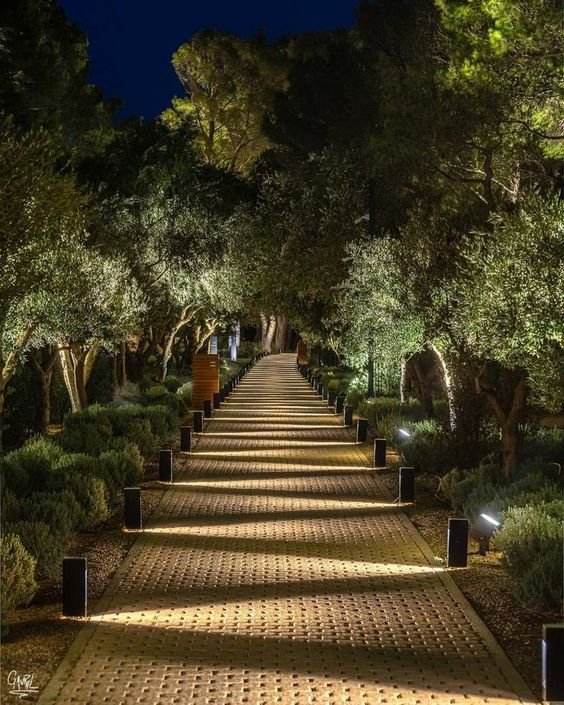



Solar Panel Orientation
Vertical orientation can accommodate more space for the panels while also explore new aesthetic possibilities. This orientation can also be more efficient during low sun altitudes. However, these benefits are counterbalanced by certain drawbacks. Achieving optimal efficiency may necessitate a larger number of solar panels, potentially increasing installation complexity and costs.
Horizontal orientation has various advantages and disadvantages. Among the advantages, the panels tend to operate with higher efficiency during peak sunlight hours, especially in regions nearer to the equator. However, one notable disadvantage is the diminished appearance caused by orientation constraints, affecting the aesthetic appeal. Additionally, the reliability of solar panels can be compromised as snow and other materials may adhere to the panels, potentially hindering their performance.
Design DNA
Monolithic
Facetted
Polygonal
Sculptural
Transition
Concept Sketching
3D Exploration
Asymmetry
Exploring symmetrical and asymmetrical form alternatives helped me understand the limitation as well as the opportunities for the light distribution. However, the symmetrical form offered more options for placement scenarios and light distribution.
Symmetry
Light Simulation
SPIK is characterized by a square base tapering towards its top, the bottom profile seamlessly transitions into a circular form at the peak. Its distinctive feature lies in the fusion of sharp edges reminiscent of a nail with the smooth curvature of its top.
Product Description
The symmetrical shape offers flexibility for both asymmetric and symmetric lighting, enabling various placement scenarios for the lamp. The different light angles include 360, 270, 180, and 90 degrees, providing versatile illumination options.
The angled sides provide enough space for the panels while also maximizing surface area for sunlight exposure.

